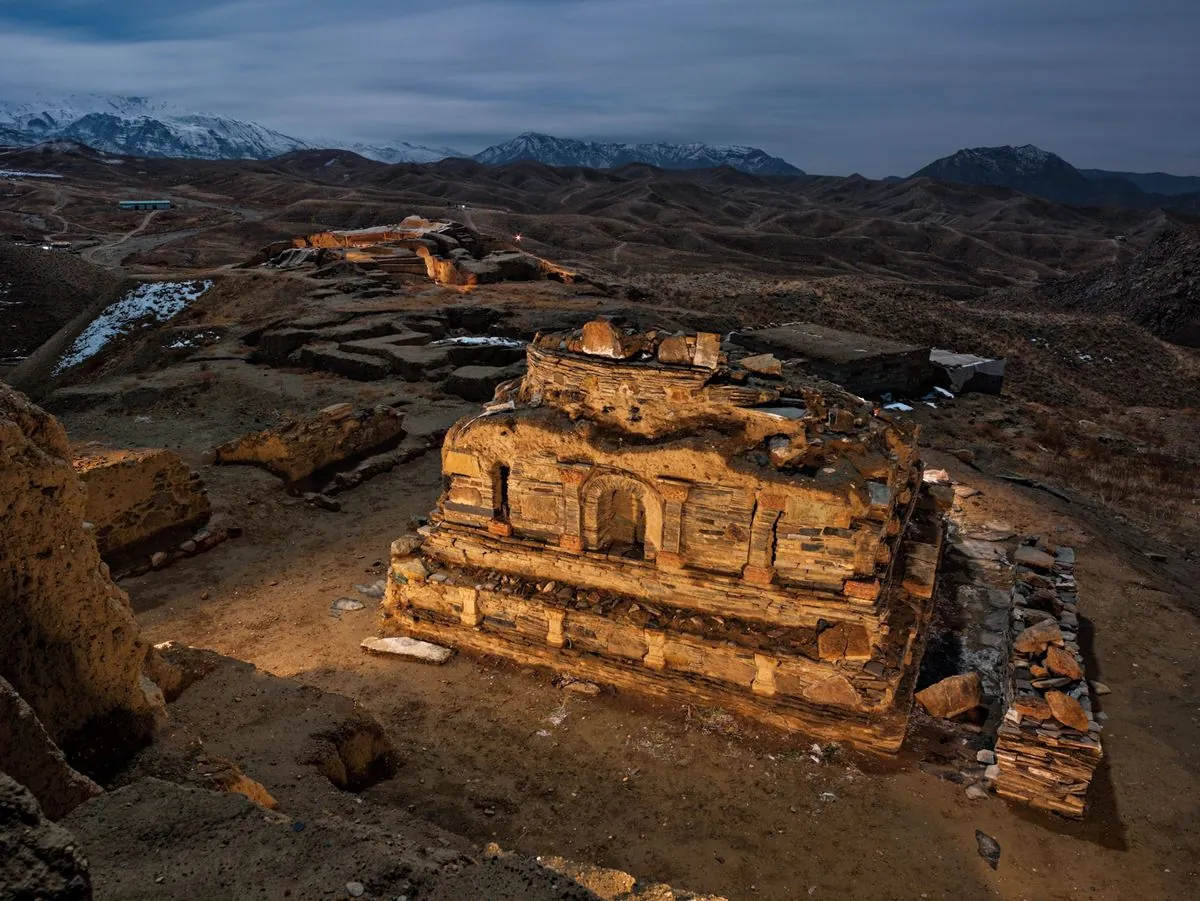Taliban and China Eye Afghanistan's Copper Riches Amid Challenges
The Taliban seeks to exploit Afghanistan's vast copper resources with China's help, facing numerous obstacles. This partnership reflects broader geopolitical shifts and economic necessities in the region.

In the three years since their return to power in August 2021, the Taliban have set their sights on Afghanistan's untapped mineral wealth, particularly its vast copper deposits. With an estimated $1 trillion in mineral resources, including what could be the world's second-largest copper deposit, Afghanistan's potential for economic transformation is significant. However, the path to realizing this potential is fraught with challenges.
At the center of the Taliban's ambitions is the Mes Aynak copper deposit, located southeast of Kabul. This site, which also holds significant archaeological value, is estimated to contain 4.4 billion metric tons of copper ore. The project's history dates back to 2008 when China Metallurgical Group Corp. secured a $3 billion, 30-year mining concession. Despite the passage of time, progress has been limited.
In July 2023, a ribbon-cutting ceremony for road construction to the mine signaled renewed interest in the project. This development highlights the growing economic ties between the Taliban and China, the world's largest copper consumer. China's involvement in Afghanistan extends beyond mineral extraction, reflecting broader geopolitical interests.

China's engagement with Afghanistan under Taliban rule has been pragmatic, driven by security concerns and regional stability. As the first country to name an ambassador to Taliban-ruled Afghanistan, China has provided over 350 million yuan in humanitarian aid since August 2021. This approach aligns with Beijing's belief that economic development can foster stability and peace.
For the Taliban, attracting foreign investment is crucial. The group faces severe economic challenges following the withdrawal of international aid, which has plunged millions of Afghans into a humanitarian crisis. Joining China's Belt and Road Initiative and the China-Pakistan Economic Corridor represents the Taliban's efforts to secure economic partnerships and international legitimacy.
However, numerous obstacles stand in the way of realizing the Mes Aynak project's potential. Security threats, including those posed by Islamic State-Khorasan, along with infrastructure deficiencies, regulatory uncertainties, and financial risks, present significant challenges. The volatile nature of copper prices in the global commodities market adds another layer of complexity.
"This is not easy, and investing in a mine like this requires not just a lot of money but a lot of stability. China is not stupid. They do not want to waste a lot of money and scarce resources on an investment that will yield very little if [Afghanistan] blows up in civil conflict again."
As Afghanistan navigates its complex political and economic landscape, the success of projects like Mes Aynak remains uncertain. The collaboration between the Taliban and China in developing Afghanistan's mineral resources represents a significant shift in regional dynamics, but its ultimate impact on Afghanistan's economy and stability remains to be seen.


































